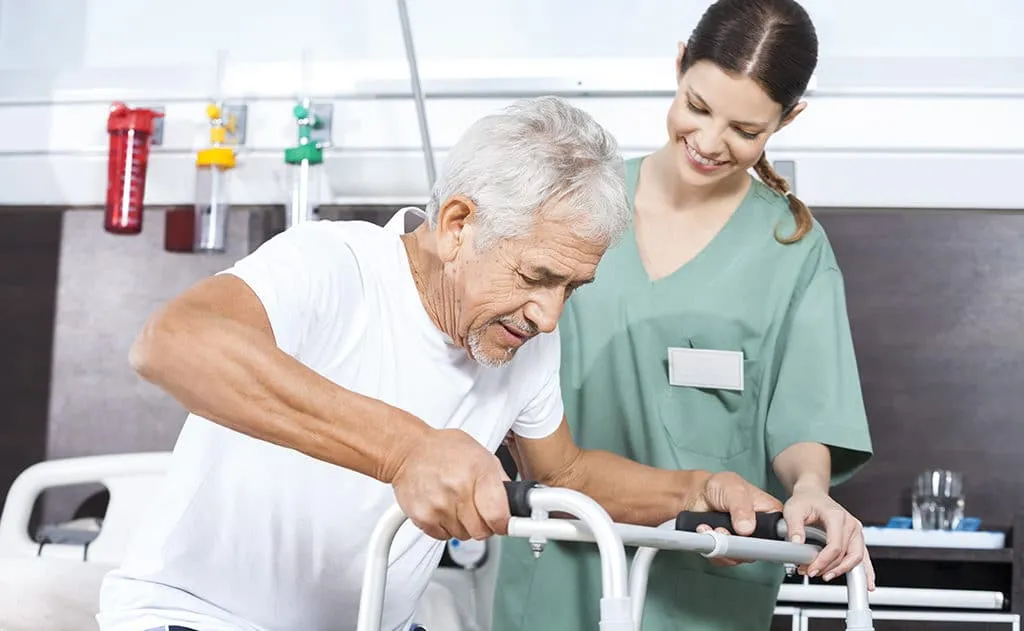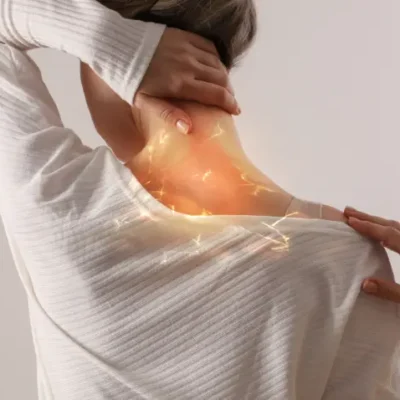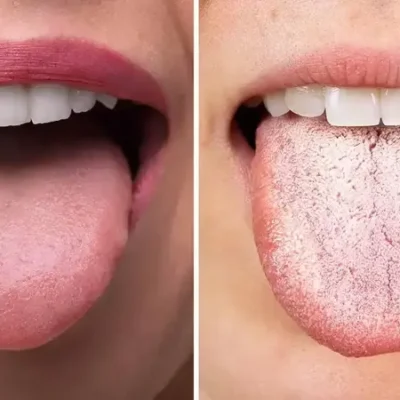Hand therapy is a crucial aspect of stroke rehabilitation. Stroke patients often experience hand and arm weakness or paralysis, which can significantly impact their ability to perform everyday tasks. Hand therapy equipment can help these patients regain strength, dexterity, and function in their hands and arms.
We will explore some of the most common hand therapy equipment for stroke patients.
Let’s dive into each of the hand therapy equipment options I explain how they can benefit stroke patients in their recovery:
a. Hand Exercisers
Hand exercisers are simple devices designed to improve grip strength and finger dexterity. They come in various shapes and sizes, and some models allow for resistance adjustment. Hand exercisers are a great tool for stroke patients who need to rebuild hand and finger strength, and they can be used almost anywhere, making them an excellent option for home-based therapy.
Hand exercisers are small, handheld devices that can be squeezed or stretched to help strengthen the hand and fingers. These tools can be used to improve grip strength, finger dexterity, and coordination, which are all important aspects of hand therapy for stroke patients. Some models have adjustable resistance levels, allowing patients to gradually increase their strength over time.
b. Finger and Hand Weights
Finger and hand weights are small, weighted devices that are worn around the fingers or hands. They are used to improve grip strength and endurance by adding resistance to hand and finger movements. The weights are available in different sizes and weights, and they can be adjusted to provide the right amount of resistance for each patient’s needs.
Similar to hand exercisers, finger and hand weights are designed to add resistance to hand and finger movements, making them an effective tool for strengthening the hand and improving dexterity. These weights can be worn on the fingers or hands, and they are available in different sizes and weights to suit the patient’s needs.
c. Squeeze Balls
Squeeze balls are another popular hand therapy tool used to strengthen grip and improve hand dexterity. They are small, pliable balls that can be squeezed and released repeatedly. This exercise is ideal for stroke patients who have difficulty with grip strength and have a hard time performing everyday tasks that require grasping objects.
Squeeze balls are soft, pliable balls that can be squeezed repeatedly to improve grip strength and dexterity. They are an excellent tool for stroke patients who struggle with hand weakness and have difficulty grasping objects. Squeeze balls are also portable and can be used almost anywhere, making them an ideal option for home-based therapy.
d. Hand Therapy Putty
Hand therapy putty is a soft, moldable material that can be shaped and molded to fit the patient’s hand. It comes in different resistance levels and is used to improve grip strength, finger dexterity, and hand mobility. Hand therapy putty is an excellent option for stroke patients who need to work on their fine motor skills and finger coordination.
Hand therapy putty is a soft, moldable material that can be shaped and molded to fit the patient’s hand. It comes in different resistance levels, and patients can use it to improve grip strength, finger dexterity, and hand mobility. Hand therapy putty is a versatile tool that can be used to work on fine motor skills and hand coordination.
e. Wrist and Hand Splints
Wrist and hand splints are orthotic devices that are worn to support and immobilize the hand and wrist. They are used to prevent contractures, reduce spasticity, and improve hand function. Splints can be customized to fit the patient’s hand and wrist, and they are typically prescribed by a physician or occupational therapist.
Wrist and hand splints are orthotic devices that can help support and immobilize the hand and wrist. They are often prescribed by a physician or occupational therapist to prevent contractures and reduce spasticity in the hand. Splints can be customized to fit the patient’s hand and wrist, and they are an effective tool for improving hand function and mobility.
f. Electrical Stimulation Devices
Electrical stimulation devices use electrical impulses to stimulate muscle contractions in the hand and arm. They are used to improve muscle strength and function and can be an effective tool for stroke patients who have difficulty moving their hands and arms. Electrical stimulation devices can be used in a clinical setting or at home, and they must be prescribed by a physician or occupational therapist.
Electrical stimulation devices use electrical impulses to stimulate muscle contractions in the hand and arm. They are often used to improve muscle strength and function in stroke patients who have difficulty moving their hands and arms. These devices can be used in a clinical setting or at home, and they must be prescribed by a healthcare professional.
Hand therapy equipment can be a valuable tool in stroke rehabilitation. Whether it’s a simple hand exerciser or a more complex electrical stimulation device, these tools can help stroke patients regain strength, dexterity, and function in their hands and arms. Working with a healthcare professional to determine the appropriate equipment and exercises is essential to achieve the best results.
Also read: Blood Blister in Mouth: Causes, Symptoms, Treatment
Stroke Patients Symptoms
Stroke is a serious medical condition that occurs when the blood flow to the brain is interrupted, either by a blocked or burst blood vessel. The symptoms of stroke can vary depending on the location and severity of the brain damage. Here are some common symptoms of stroke that may be experienced by patients:
- Sudden weakness or numbness in the face, arm, or leg, especially on one side of the body
- Sudden difficulty speaking or understanding speech
- Sudden loss of vision or double vision in one or both eyes
- Sudden severe headache with no known cause
- Sudden difficulty with balance or coordination, dizziness, or loss of coordination
- Confusion, difficulty with memory, or trouble thinking or reasoning clearly
- Difficulty swallowing or sudden onset of nausea or vomiting
It’s important to note that these symptoms can appear suddenly and without warning. If you or someone you know experiences any of these symptoms, it’s essential to seek emergency medical attention immediately. Time is of the essence when it comes to treating stroke, and prompt treatment can help minimize the damage and improve the chances of recovery.
In some cases, stroke can also cause long-term complications, including paralysis, difficulty speaking or understanding language, cognitive impairment, and emotional changes. Rehabilitation and ongoing care may be necessary to address these complications and help the patient recover as much function as possible.
Stroke Patients Recovery Time
The recovery time for stroke patients can vary widely depending on the severity of the stroke, the location of the brain damage, and the overall health and age of the patient. Recovery can range from weeks to months or even years, and some patients may experience permanent disability or impairment.
In general, the initial recovery period after a stroke lasts for several weeks, during which time the patient may receive acute medical care and rehabilitation. This may involve physical therapy, occupational therapy, speech therapy, and other interventions aimed at restoring function and improving quality of life.
After the initial recovery period, many patients continue to make progress over the months and years that follow. However, the pace of recovery tends to slow down over time, and some patients may reach a plateau in their recovery.
Factors that can influence the recovery time include:
- Age: Older patients tend to have a longer recovery time and may experience more complications.
- Overall health: Patients with other health conditions or who have a weakened immune system may take longer to recover.
- Severity of the stroke: Patients with more severe strokes may experience longer recovery times and more permanent disability.
- Rehabilitation efforts: Patients who engage in regular, intensive rehabilitation are more likely to recover function than those who do not.
It’s important to note that stroke recovery is highly individual, and the process can be unpredictable. Some patients may make a full recovery, while others may experience long-term disability. In general, early and ongoing rehabilitation efforts are essential for maximizing the chances of recovery and improving the patient’s quality of life.
How to recover from stroke quickly?
Recovering from a stroke is a complex and individualized process that can take time and effort. While there is no guaranteed way to recover from a stroke quickly, there are some steps that patients can take to improve their chances of recovery and make the most of their rehabilitation efforts. Here are a few strategies that may be helpful:
1. Get immediate medical attention:
The faster a stroke is identified and treated, the better the chances of recovery. If you or someone you know experiences any symptoms of stroke, it’s essential to seek emergency medical attention immediately.
2. Engage in rehabilitation:
Rehabilitation is a key component of stroke recovery, and patients are typically referred to physical therapy, occupational therapy, and speech therapy as part of their treatment plan. Patients should actively participate in their rehabilitation and follow their therapist’s recommendations for exercises and activities.
3. Practice mobility and balance exercises:
Stroke can cause weakness, paralysis, and difficulty with balance and coordination. Engaging in exercises that target these areas can help improve mobility and reduce the risk of falls.
4. Address cognitive and emotional changes:
Stroke can also impact cognitive function and emotional regulation. Patients should work with their healthcare team to address any changes in thinking or mood, and consider counseling or other therapies to address emotional concerns.
5. Make lifestyle changes:
Patients can make lifestyle changes that may improve their overall health and support recovery, such as eating a healthy diet, getting regular exercise, and quitting smoking.
It’s important to note that recovery from stroke can take time and patience, and each patient’s recovery process will be unique. It’s essential to work closely with a healthcare team and follow their recommendations for treatment and rehabilitation.
Also see: Yoga Poses for Lower Back Pain: How to Get Started
Foods that help stroke recovery
A healthy and balanced diet is essential for stroke recovery, as it can help support overall health, promote healing, and reduce the risk of future strokes. Here are some types of foods that may be particularly helpful for stroke recovery:
1. Fruits and vegetables:
These foods are rich in antioxidants, vitamins, and minerals that can support overall health and reduce inflammation. Eating a variety of colorful fruits and vegetables can help provide a range of nutrients that may support recovery.
2. Whole grains:
Whole grains, such as brown rice, quinoa, and whole wheat bread, are a good source of fiber, which can help support heart health and reduce the risk of future strokes.
3. Lean protein:
Protein is important for repairing and rebuilding tissues, and it can help support muscle strength and recovery. Choose lean sources of protein, such as chicken, fish, legumes, and tofu.
4. Healthy fats:
Consuming healthy fats, such as those found in nuts, seeds, and fatty fish, can help support brain health and reduce inflammation.
5. Water:
Staying hydrated is important for overall health and can help support healing and recovery.
In general, a healthy and balanced diet that includes a variety of whole foods is important for stroke recovery. It’s also important to work with a healthcare team to develop a nutrition plan that is tailored to the individual’s specific needs and medical history.
Frequently asked questions related to stroke
Here are some frequently asked questions related to stroke:
A stroke is a medical emergency that occurs when blood flow to the brain is disrupted, typically due to a blockage or rupture of a blood vessel. This can cause brain cells to die, leading to various symptoms and complications.
Common warning signs of a stroke include sudden weakness or numbness in the face, arm, or leg, especially on one side of the body; sudden confusion or difficulty speaking; sudden vision changes; sudden dizziness or loss of balance; and a sudden severe headache.
Common risk factors for stroke include high blood pressure, smoking, diabetes, obesity, a family history of stroke or heart disease, and age (risk increases with age).
Treatment for stroke typically involves emergency medical attention to restore blood flow to the brain and prevent further damage. This may involve medications, procedures to remove blood clots, and rehabilitation to help patients recover from any lasting effects of the stroke.
Stroke rehabilitation is a process that helps patients recover from the effects of a stroke, such as weakness, paralysis, speech problems, and cognitive changes. This typically involves working with a team of healthcare professionals, including physical therapists, occupational therapists, and speech therapists.
Many cases of stroke can be prevented by managing risk factors, such as high blood pressure, smoking, and obesity. Other prevention strategies may include eating a healthy diet, getting regular exercise, and managing chronic health conditions such as diabetes.
The long-term effects of stroke can vary widely depending on the severity of the stroke and the area of the brain that was affected. Some patients may experience permanent disability, while others may make a full recovery with few lasting effects. Common long-term effects of stroke may include weakness, paralysis, speech problems, cognitive changes, and emotional changes.
In conclusion
Stroke is a serious medical emergency that requires immediate attention. Knowing the warning signs of stroke and seeking emergency medical attention can improve the chances of recovery. Recovery from stroke can be a long and complex process, and it often involves rehabilitation and making lifestyle changes. A healthy and balanced diet can also support recovery and reduce the risk of future strokes. It’s essential to work closely with a healthcare team and follow their recommendations for treatment and rehabilitation.





